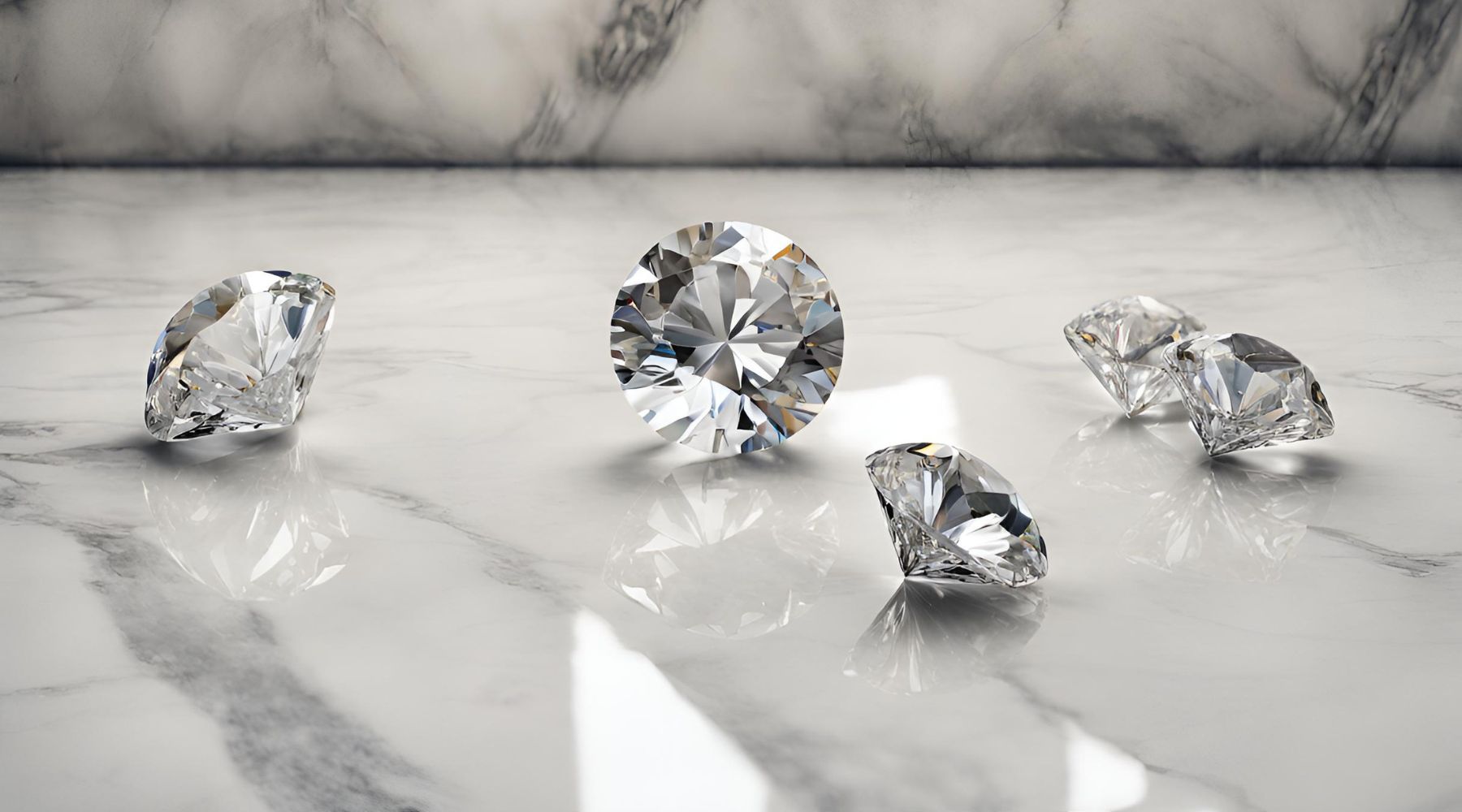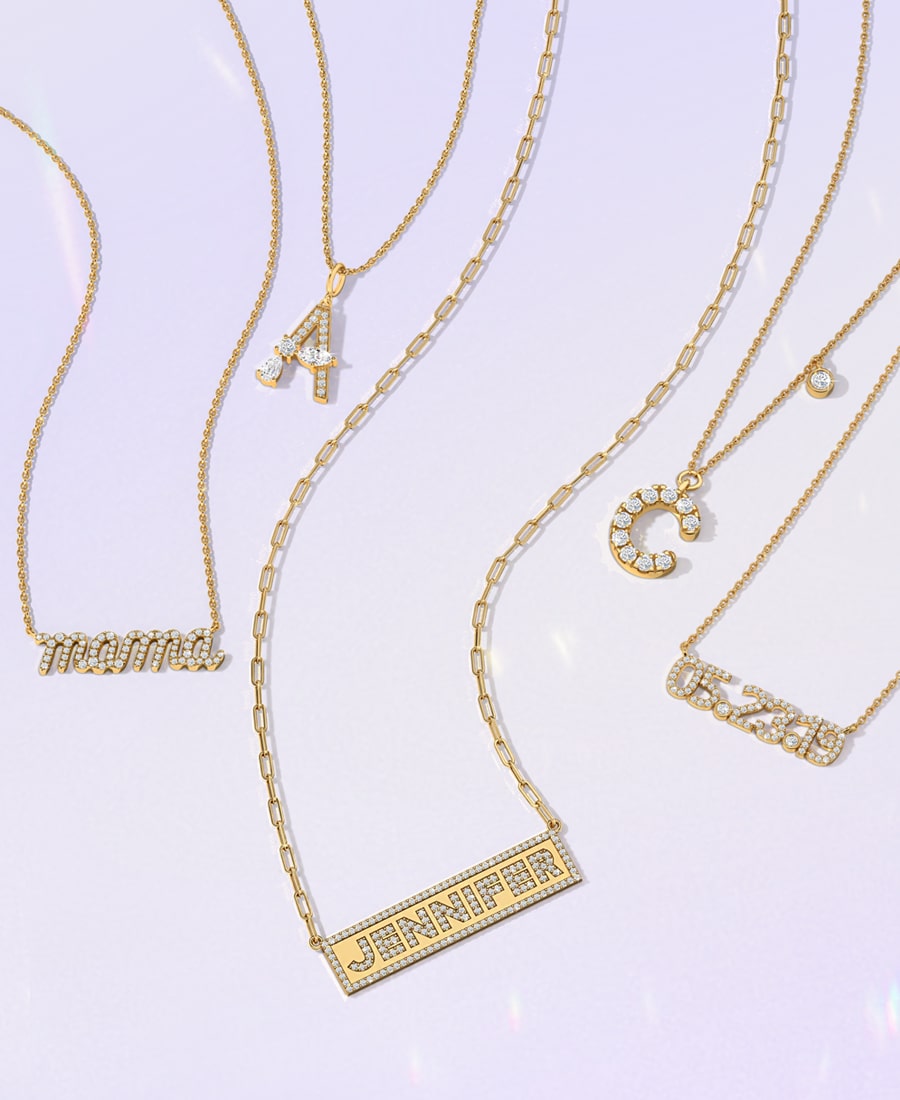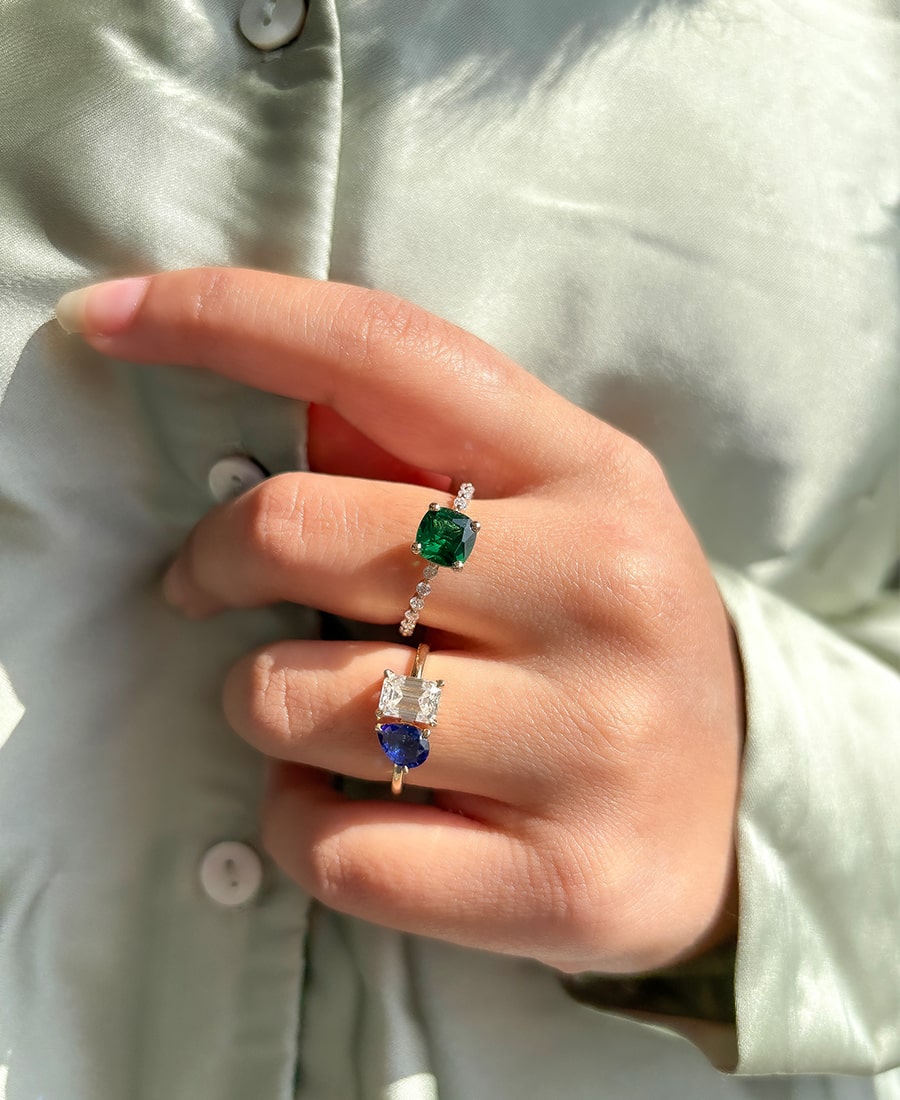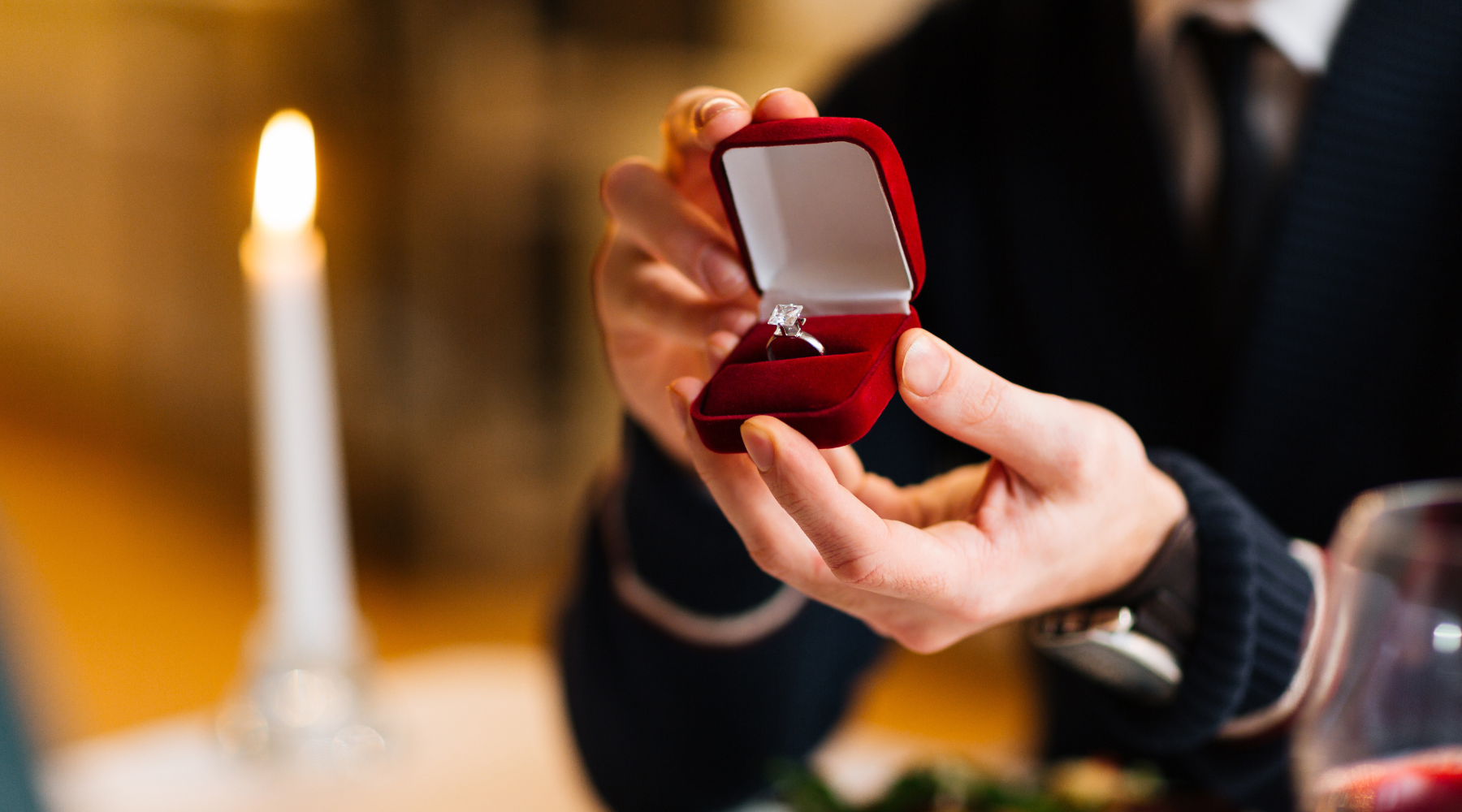
Are Lab Created Diamonds Genuine? The Ultimate Test!
Yes, lab-grown diamonds are the same as earth-mined diamonds, but those are created in a lab, have the same chemical, physical, and lustrous properties as mined diamonds, and have the same luster as Real diamonds over millions of years, the natural process of creating diamonds was obvious. Diamonds are a traditional symbol of precious stones, and their beauty and patience are incredible. Although the evolution of science and technology has shown that natural diamonds can be created in labs, it’s important to know how many diamonds are real. And is it similar to a natural one? To create diamonds in the lab, use high temperatures, high pressure, or chemicals.
Key Takeaways
| 1. Lab-created diamonds, with identical properties to natural ones, are cost-effective and eco-friendly. 2. Distinguishing them requires specialized techniques like spectroscopy or magnification. 3. Consumers increasingly accept lab-created diamonds, which offer diverse options in colors and shapes. 4. Contrary to misconceptions, they are genuine, providing the same beauty and sparkle as natural diamonds. |
1. What Do You Need to Know About Lab-Grown Diamonds?
Everybody needs to know five things about lab-grown diamonds. 1. This is not a fake diamond. 2. It is valuable. 3. beneficial for the environment. 4. it’s not the same as zirconia and Mossonite. The procedure of diamond testing is crucial for identifying the difference between lab-created and natural diamonds.
Five things you need to know about lab-grown diamonds
- They are not fake diamonds.
Lab-created Diamonds are not fake unless they are real diamonds. Lab-created and mined diamonds, among them, have slight differences in quality. Finally, lab-created and mined diamonds have the same physical, chemical, and optical attributes. They are valuable and fetching, so they are not easy to justify with skin eyes. - However, diamonds’ connection with precious jewelry, whereas the lab-created diamond market is moving forward, is used for industrial purposes only, even if those are created in a controlled environment so that lab-created diamonds have accuracy and uniformity qualities. As a result, the uses of those diamonds are almost a type of application where accuracy is the main thing, like in the electronic industry.
2. What Are the Best Opportunities for Choosing Lab-Grown Diamonds?
There are many organic and sustainable benefits to choosing Lab-Grown Diamond, which is the best option for those who are vigilant customers of the environment. We discuss some opportunities here.
Less Carbon Footprint: Creating diamonds usually reduces the use of energy and sources in comparison to natural diamond mining, and because of this reduction in carbon footprint,
Water usage: lab-created diamond products use less water, whereas, in favor of the naturally mined diamond process
Quality and accuracy:
- High accuracy standard: lab-created diamonds have fewer stains and impurities as the growth situation is under control.
- Consistency: The product procedure allows for consistent quality, which is more challenging to gain with natural diamonds.
Technical and customization:
- New utility: Lab-created diamonds are not only used for jewelry but also for electronics, high-precision cutting tools, technology, and other industries.
- Customization: Customers can specify their desires, like shape, color, etc.
Research advanced diamonds in your lab
Start to do research to ensure that the diamond you bought is lab-created. Most lab-created diamonds are available to purchase online, so you want to ensure that the company is certified. Some fake companies use misleading information and produce imitation diamonds. Even so, they call them lab-created diamonds. Lab-created diamonds are real and created in a modern laboratory.
Availability of Shapes and Sizes
Lab-created diamonds are available in many shapes and sizes. Do you have a puzzle to get some shapes and figures? See your beloved choice, and check which the lab-created diamonds are. The shapes and sizes affect your choice of ring style. Do you need to be creative and select a different cut set that receives its entire beauty?
Choose the style for an engagement ceremony ring
You need to know what style your partner likes. To investigate her jewelry box, ask friends and family members, or get to know her likes and dislikes. But now, you are not wrong with a classic solitaire design.
3. Lab-Grown Diamonds vs. Natural Diamonds: All You Need to Know
Lab-Created Diamonds vs. Natural Diamonds
The differences between lab-created and natural diamonds are recognizable, and only with the help of special equipment can they look alike. One of the most important things about them is their origin. One is created on Earth, and the other in a lab.
Our lab-created diamonds have the same properties as natural diamonds: Physical, chemical, optical, and lustrous. At first sight, natural and lab-created diamonds are seemingly the same; they are the same in hardness and durability. Since 2007, the Gemmological Institute of America grading lab has created diamonds. Now, according to the report, no "synthetic" word is to be used for lab-created diamonds.
Consider Colorful Stone: Lab-created diamonds are available in yellow, blue, and pink colors. Because of this, you have an alternative option against white. Lab-created fancy diamonds are lower in cost than those created on Earth. And in favor of colorless lab-created diamonds
How do lab-created diamonds create the diamonds?
Sometimes, lab-created diamonds are man-made, synthetic, cultured, or referred to as an artist. Exchange languages can misguide customers, but in a simple tone, it can be called the thing that a certified diamond is created in a lab, referred to as CVD or HPHT. This reference is to the process of making diamonds.
|
Property |
Natural Diamond |
Lab-Created Diamond |
Difference |
|
Hardness |
10 |
10 |
None |
|
Density |
3.52 g/cm3 |
3.52 g/cm3 |
None |
|
Refractive Index |
2.42 |
2.42 |
None |
|
Dispersion |
0.044 |
0.044 |
None |
|
Crystal Structure |
Cubic |
Cubic |
None |
|
Growth Pattern |
Random |
Directional |
Magnification |
|
Impurity Level |
Variable |
Controlled |
Spectroscopy |
|
Trace Elements |
Variable |
Specific |
Spectroscopy |
|
Inclusions |
More and larger |
Fewer and smaller |
Magnification |
|
Fluorescence |
Variable |
Specific |
Fluorescence |
4. Reasons Why Lab-Grown Diamonds Have a Bright Future
Despite being concerned about their lifetime value, lab-created diamonds' future is expectedly bright. With updated technology, lab-created diamonds will be deducted from the price, making it easier for customers. Some retailers have started to present lab-created diamonds in their jewelry stores, demonstrating that the diamond industry knows the popularity of lab-created diamonds and ensures to fulfill the demands and take steps before the customer can access their requirements for high-quality and responsible diamonds.
Today, lab-created diamonds have progressed very much, and shortly, lab-created diamonds will play a crucial role in jewelry as technology progresses. All over the world, lab-grown diamonds are gaining popularity among jewelry lovers. Whether you are an experienced diamond expert or new to the diamond world, you need to take time to evaluate this industry.
Conclusion
As we discussed earlier, lab-created diamonds are real; they have the same properties as lab-created diamonds, such as natural, physical, and optical, which cannot be seen with the naked eye, which is the main difference in their origin. High-technology processes create lab diamonds in controlled environments. Whereas natural diamonds are formed in various environments on Earth over millions of years. There are many benefits to buying lab-created diamonds, including cost, ethics, durable products, high quality, and customization opportunities. In conclusion, lab-created diamonds are fair, honest, and superb in quality. Lab-created diamonds present practical and attractive behavior.
FAQs
Q.1. What are lab-created diamonds?
Ans: Curious about lab-created diamonds? Picture this: grown in a high-tech lab, they match natural diamonds in properties but are budget-friendly and eco-conscious.
Q.2. How are lab-created diamonds different from natural diamonds?
Ans: Lab diamonds originate in a lab, not the Earth. The perk? Customization galore—different colors, shapes, and sizes. Nature can't compete!
Q.3. How can I distinguish between lab-created and natural diamonds?
Ans: Detective mode: specialized techniques like spectroscopy reveal distinctions. Lab diamonds have certificates and online verification—no secrets here!
Q.4. Are lab-created diamonds fake, synthetic, or artificial?
Ans: Lab-created diamonds? Legit. Pure carbon, certified and graded like natural diamonds. No fakes here—just the real McCoy.
Q.5. Are lab-created diamonds valuable, rare, or meaningful?
Ans: Affordable, customizable, ethical, and sustainable—lab diamonds pack a punch. They're as meaningful as their natural counterparts, symbolizing love, commitment, and luxury. Shine on!







